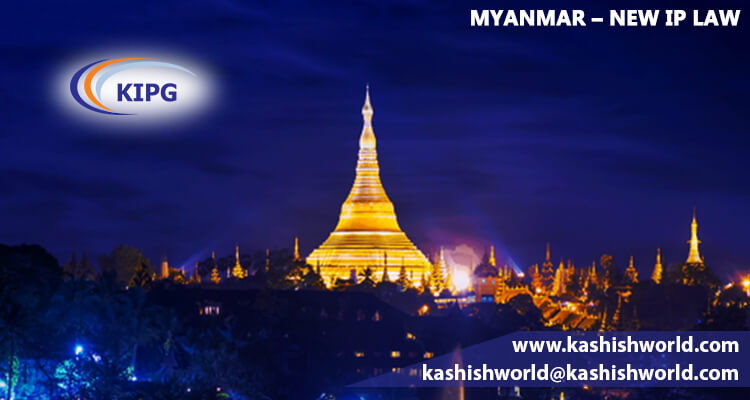
Myanmar has always been considered a potential market for many IP right holders around the world.
Thus, the Myanmar government swung in action and enacted a new Trademark law in January 2019 – wherein a new set of rules, regulations, and procedures were defined in accordance with international standards. However, the enacted law was not implemented back then. But, now the government has decided to implement the relevant applicable laws and has invited the interested parties to safeguard their IP Rights under the new regime.
Thus in light of the above, KIPG is pleased to provide the highlights of the new regime, wherein the new law will be implemented in two phases i.e. the soft opening and the grand opening.
The soft opening is for the existing right holders in Myanmar to regularize their existing rights in the country. Whereas, the grand opening will happen upon completion of the soft opening and will allow registration of Trademarks for all other interested parties.
SOFT OPENING
- The soft opening period commences on 20th December 2019 and the applications can be filed only for regularization of existing rights/registrations till 19th May 2020.
- The filing of the application under the soft opening is subject to the condition that the mark has been regularly maintained and renewed in Myanmar.
- The official fee for filing the applications would be $25 – $50 approximately.
- The application must be accompanied with a legalized Power of Attorney.
- The application filed during the soft opening will be assigned an application number and the filing date.
- The trademark search can be conducted at the Trademark office and a search report may be provided within 02 – 03 working days.
GRAND OPENING
- Upon completion of the soft opening period, all interested right holders may file the application under the GRAND OPENING i.e. after 19th May 2020.
- The marks filed will be formally examined at the Trademark office.
- The marks will then be duly published in the official journal upon examination.
- Upon publication, the mark will be open to third party opposition but thus far the opposition period has not been defined by the government.
- In case of an opposition is filed, the opposition proceeding then will take place in an IP court.
- The initial and subsequent term of registration would be 10 years from the date of application.
- The renewal request can be filed six (06) months before the expiry of trademark registration.
In addition to the above points, it may be noted that the cautionary notices may be published until the Trademark office starts publishing the marks in the official gazette.

